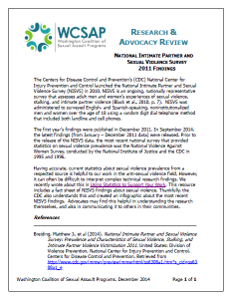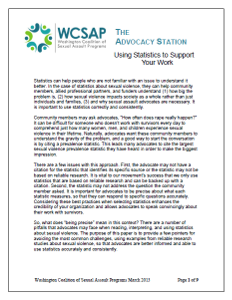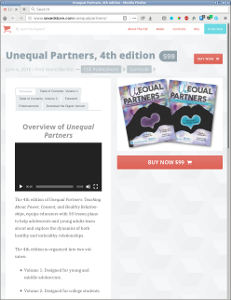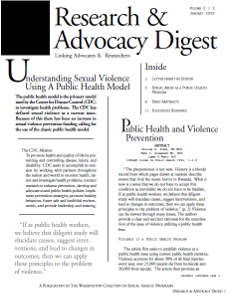Sometimes a video is worth a thousand words! Some of these videos are intended to demonstrate techniques for therapists, and some can be shown directly to child clients. If you like a particular video, do a search to see if it is part of a series by the same person or group, as several of these are. The duration of the video is in parentheses after the name.
- Prevención
- Trabajando con sobrevivientes
- Accreditation
- Advocacy Areas
- Culturally Specific
- Legal Resources
- Management
- Medical Resources
- SA Protection Order
- Subpoenas
- Support Groups
- Tech Safety
- Recursos
- Política
- Formación



